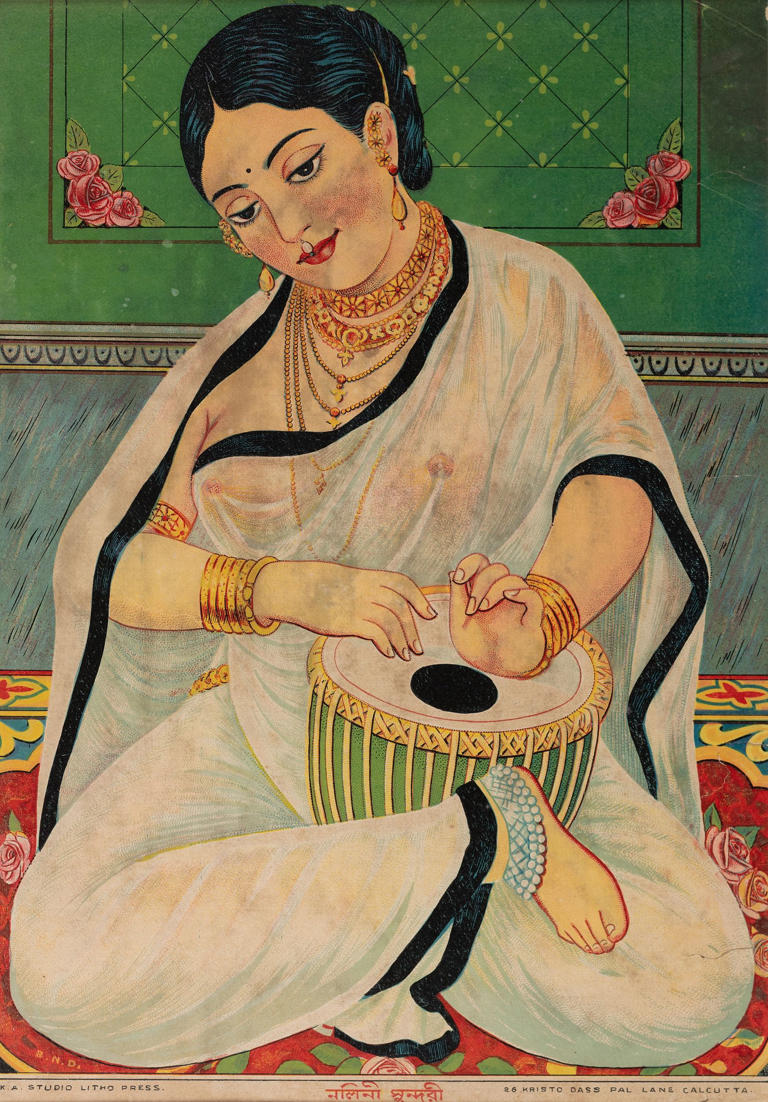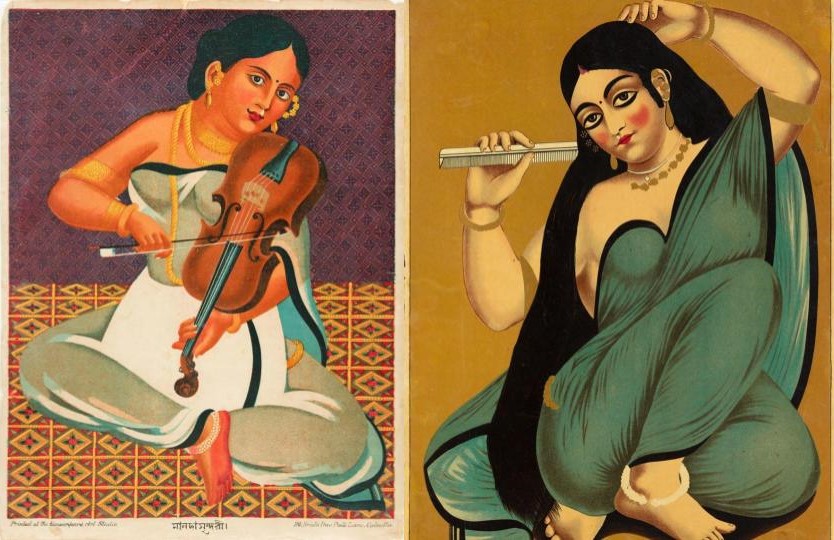Krispin Joseph PX
Art always talks about Time and space. Where do these things happen, and when? That is the fundamental question of the Artwork. Artwork from the past encounters us at a certain point in history, bringing ideas about history into our contemporary society. How we reach here is a gradual process; we, or our ancestors, confront many things to get here. Artwork always tells the story of our history and socio-political conditions.
DAG India presenting a show titled ‘Sati & Sundari’ tell us about the historical connections between the Artwork and society. The title of the ‘Sati & Sundari’ depicts the women’s transitions and the society after the ban of Sati.
‘The ??????? images in Early Bengal art served as pin-ups for gentrified audiences but had a dark history. When ?????????? was banned in the nineteenth century, innumerable widowed women of the Hindu faith were forced to fend for themselves because their families cast them out of their homes. At the time, watercolour Kalighat pats, early Bengal oil paintings, and popular prints documented social changes influenced by the British colonial administration, sometimes through visual metaphors or stereotypes, says DAG Brochure.
 When starting, the Hindu practice of Sati was a debatable question. Still, it ended in 1829 as a rule that burning or burying alive Hindu widows be a punishable offence. Before the ban on Sati, many thousands of women burn alive themselves by sitting atop their husband’s funeral pyres. British banned this cold-blooded practice with the help of Hindu reformers such as Ram Mohan Roy. After the ban of Sati, what was going on in society and women’s lives because women were expelled from their homes after their husbands’ death? That makes their life more miserable and hopeless.
When starting, the Hindu practice of Sati was a debatable question. Still, it ended in 1829 as a rule that burning or burying alive Hindu widows be a punishable offence. Before the ban on Sati, many thousands of women burn alive themselves by sitting atop their husband’s funeral pyres. British banned this cold-blooded practice with the help of Hindu reformers such as Ram Mohan Roy. After the ban of Sati, what was going on in society and women’s lives because women were expelled from their homes after their husbands’ death? That makes their life more miserable and hopeless.
The social reformation of the ban on Sati brings Hindu Women to life. But they suffered a lot because their home rejected them. This tragic attitude forcefully brings many women into Sex work in 19th-century Bengal. This show, titled ‘Sati & Sundari’, into the limelight. After the ban on Sati, most brothels comprise predominantly Hindu Women. They get the gift of life because of the prohibition of Sati, but that gift is short-lasting and gifted because they lost their home after their husband’s death.
The 19th century Bengal art documented this social change and portrayed this changed status of women’s life as a splendour artwork. The banning of Satipratha has consequences that make women’s life more dreadful. In most of the paintings, women portray in a Sexist way performativity. Women played violin or Tabla, preparing pan for the royal visitor, or adoring hair with roses, and they wore Ghungroos on their right foot. Most Sundari paintings are commissioned works by wealthy Bengali and kept in the men’s pleasure houses as pornographic materials.





